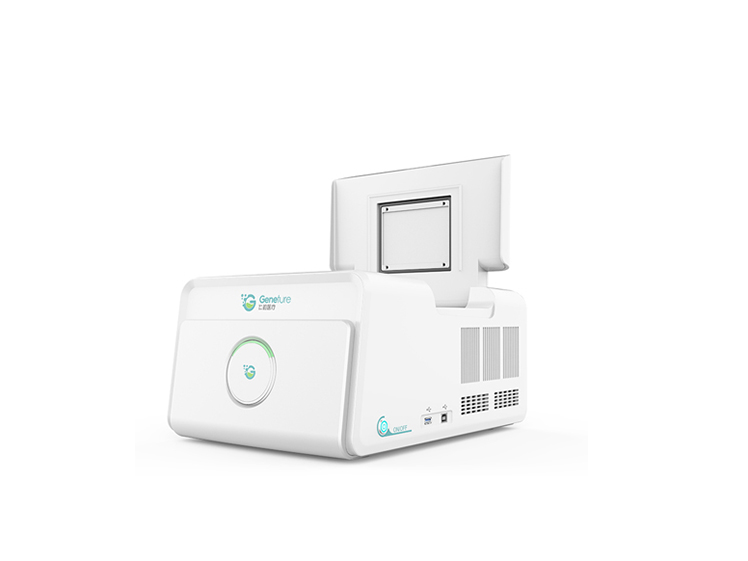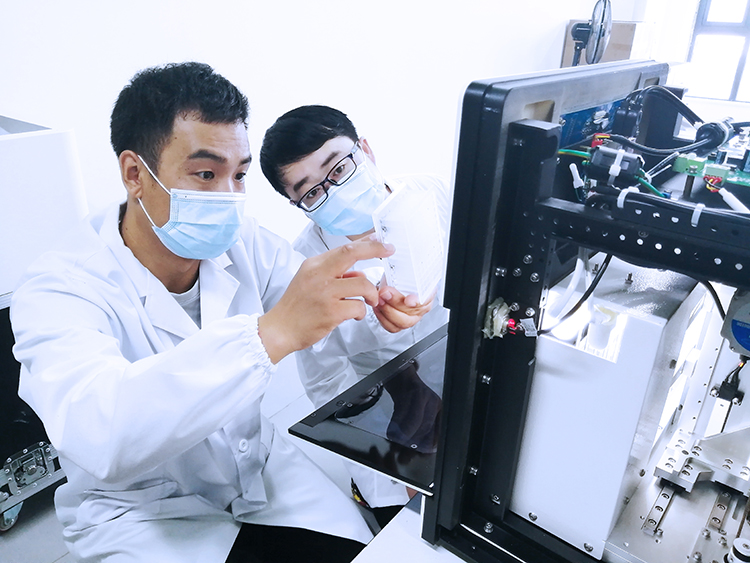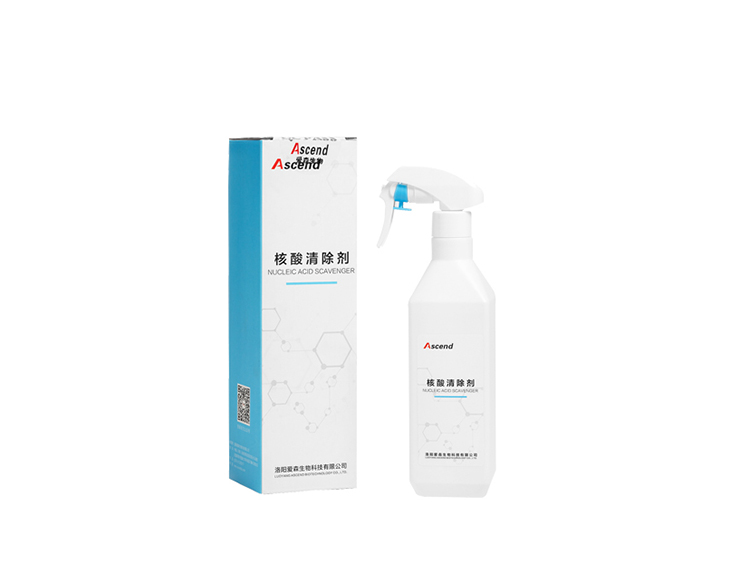What quality problems will occur with nucleic acid extraction instruments?
Since a complete PCR detection requires the “two processes” of nucleic acid preparation and PCR amplification, there is no fully automatic nucleic acid detection system. With the improvement of the automation and intelligence of nucleic acid extraction systems, instrumental nucleic acid preparation methods have gradually been applied to the clinical detection process, and there is a tendency to replace manual labor.
However, the nucleic acid preparation of the instrument also has its shortcomings and shortcomings. This requires the user to have a clear understanding of the key links and formulate corresponding countermeasures, which is an important help to comprehensively improve the quality of testing.
1. The influence of sample injection sensing function on quality
In the automatic sample injection nucleic acid extraction system, although some systems have better sample injection monitoring functions and high accuracy of sample injection, some nucleic acid extraction systems use tips without induction function or use induction There are differences in the quality of the tips, and sometimes the induction failure leads to insufficient or no sample injection. This is particularly important for systems that use deep-well plates for nucleic acid preparation. Users need to strengthen the maintenance and maintenance of the instrument to keep the instrument continuously maintained In normal operation. In addition, the test results should be tracked continuously. Once the feedback of inaccurate results is found, the cause should be found in time. If the instrument is used for nucleic acid preparation after manual sample injection, this problem will not exist.

2. Differences in the accuracy of instrument mechanical operation
In terms of robot arm movement and grasping, the accuracy of different nucleic acid extraction systems varies greatly. For automatic nucleic acid extraction systems with a higher degree of intelligence, there is an immediate shutdown alarm function when the robot arm fails to operate, although it affects the work process , But does not affect the quality of testing. However, some instruments do not have mechanical arm fault detection and alarm functions. For example, some nucleic acid extraction systems can take away the deep-well plate and continue to work. Such instruments need to prepare nucleic acids under the supervision of experimenters in order to find problems in time. Therefore, “instrument automation” is not “artificial intelligence”, and human responsibilities cannot be ignored, otherwise it will be difficult to obtain continuous high-quality results.
3. Sources of contamination of instrument nucleic acid preparation
Long-term practical experience has proved that naturally evaporated aerosols are not the main cause of PCR detection pollution, but carrying cross-contamination is the culprit! Even COBAS, which uses SPU units for nucleic acid preparation, cannot avoid cross-contamination caused by bubble bursting, but the probability is low. However, it is difficult to avoid cross-contamination for instruments that use 96 deep-well plates for nucleic acid preparation due to the power, heating, elution and other links between close wells.
Therefore, laboratory contamination monitoring of instrument nucleic acid preparation is very necessary! Especially in infectious disease hospitals, most of their samples come from nucleic acid-positive patients. Setting up multiple negative controls is necessary for monitoring, but it is difficult to achieve in clinical work because of the high cost and troublesomeness.
We can use nucleic acid scavengers to clean instruments and laboratory tabletops after experiments.
Geneture ,provides one stop solution of Nucleic Acid Extraction and Analysis.If you need more information about the nucleic acid extraction instruments,please feel free to cantact.
